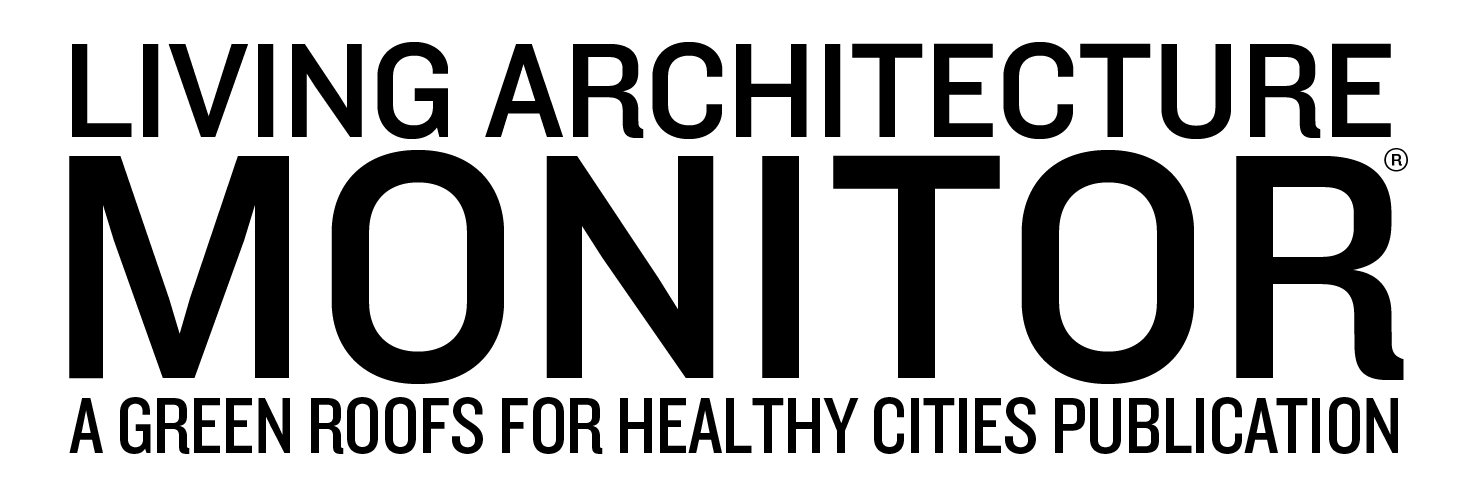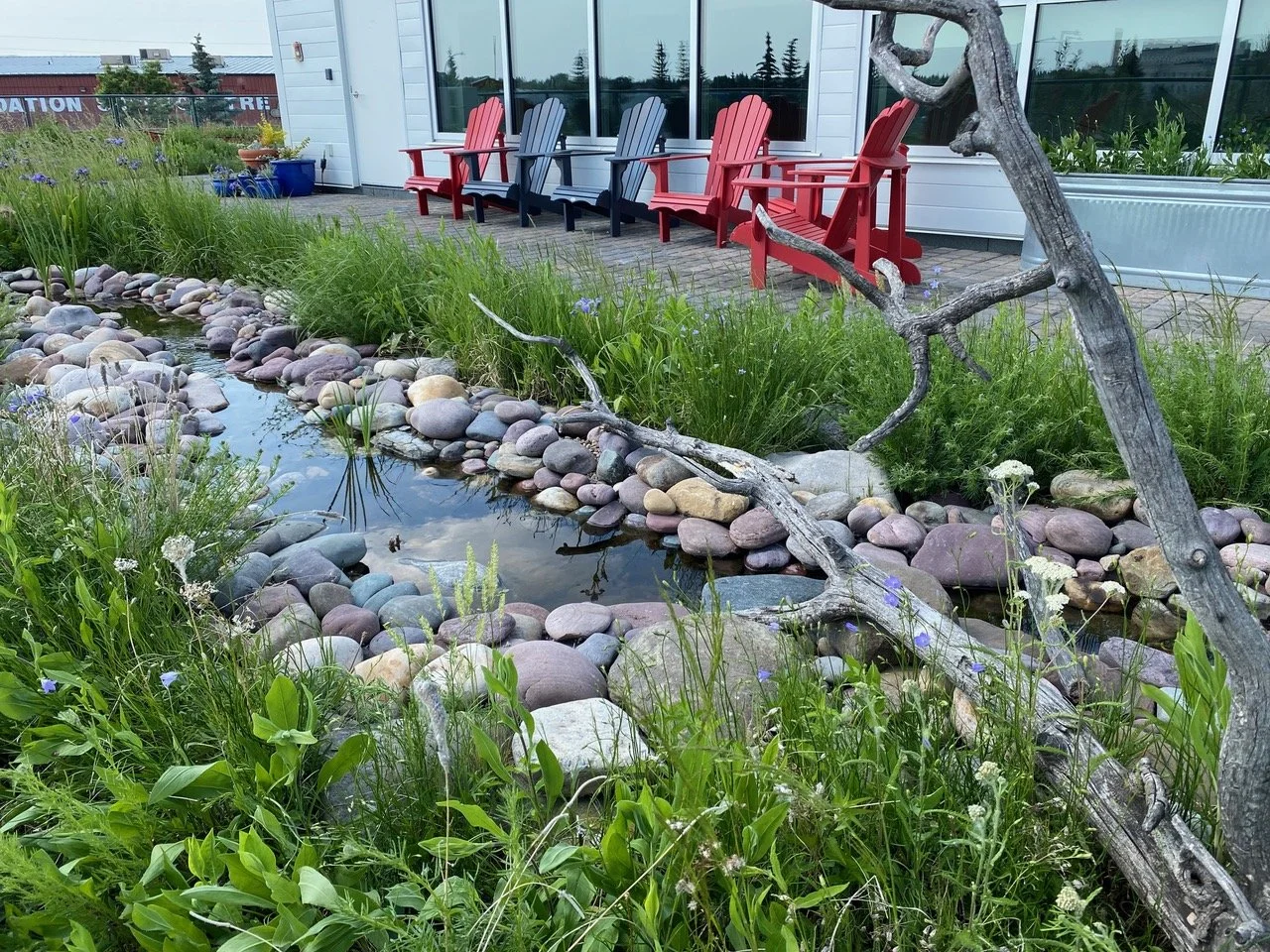Solar Panels on Big Denver Buildings Throw Shade That Helps Crops Grow — and the Plants Return the Favor
Sourced from The Colorado Sun
At first Jennifer Bousselot was furious. Her doctoral thesis on urban rooftop plant cultivation was going to be sullied by the installation of solar panels. The site was the U.S. Environmental Protection Agency’s downtown Denver office and she had no say.
Then a funny thing happened. It turned out the plants under or next to the solar panels, benefitting from the installation’s shade, had greater total biomass, moisture content and overwintering survivability.
“We ended up with larger plants,” Bousselot said. “It was a happy accident.”
That accident — 15 years ago — set the now 46-year-old Colorado State University assistant professor of horticulture on a career researching rooftops, plants and solar. Along the way Bousselot upped the ante by growing not just any plants but crops.
The goal is to combine the building cooling and heating advantages and stormwater management benefits of a green roof with growing food and producing electricity.
“Stacking all of those benefits on relatively small spaces really got me absolutely thrilled, and so that’s what we’re trying to do,” Bousselot said.
And so, on her rooftop farm at CSU’s Spur Campus in Denver, Bousselot, who grew up on a farm in Iowa, has grown chili peppers, lettuce, cucumbers, tomatoes, onions and garlic. Carrots, spinach and arugula didn’t like it up on the roof — too hot.
While the legendary Hanging Gardens of Babylon, believed to have been constructed around 500 B.C., may be the most famous green roof, modern green roof technology has more modest beginnings in Germany in the 1960s.




